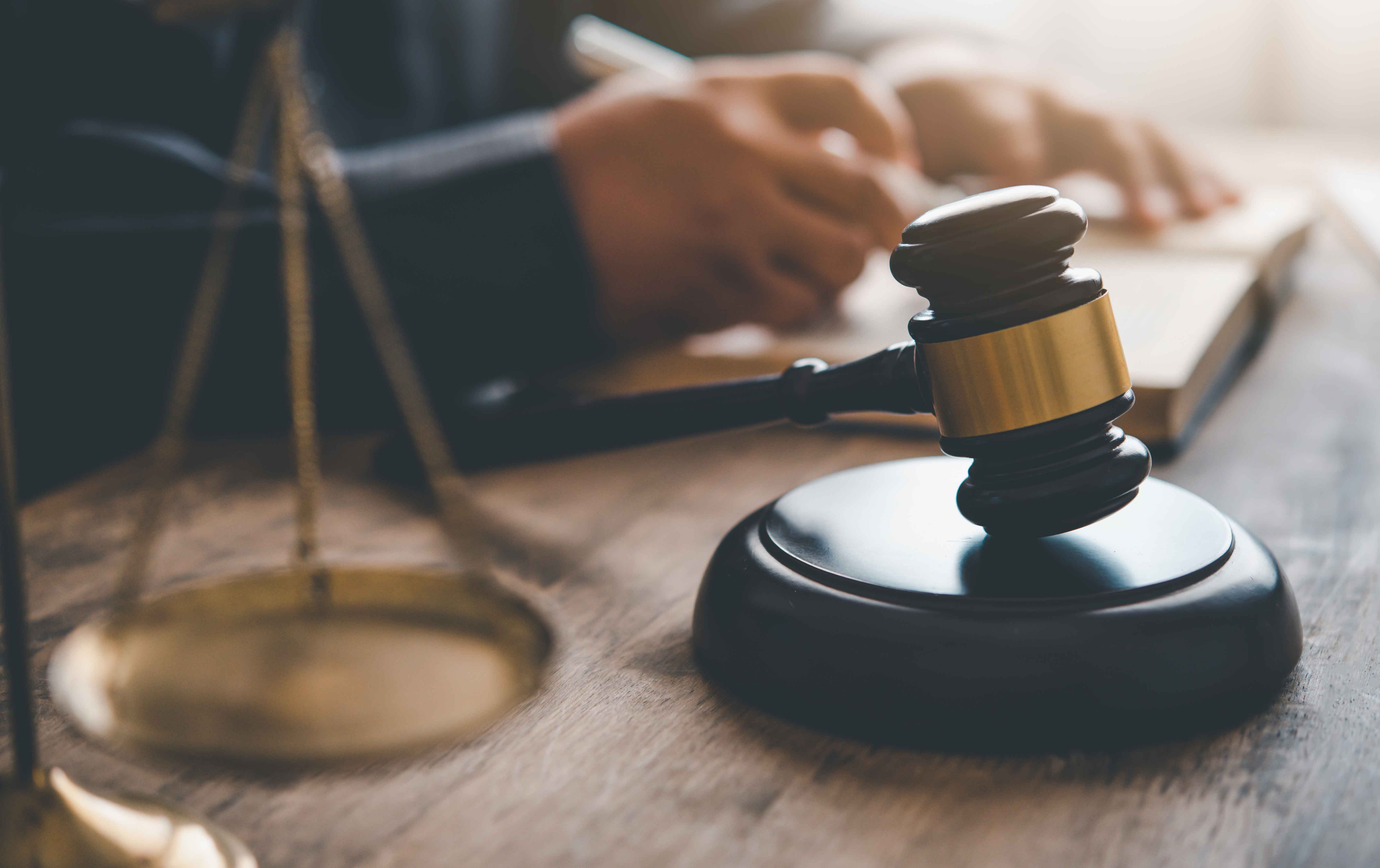The interim injunction is of fundamental importance in defending the life sciences patent holder’s market position when faced by a challenge from a potential generic entrant. But it comes at a high price in the form of the cross-undertaking in damages if the patentee is not ultimately successful at trial. A recent High Court decision[i] (the pregabalin decision), which followed on from the Supreme Court’s invalidity finding in the Lyrica (pregabalin) case, illustrates the high stakes involved and sets out some basic principles. See our previous article on the Supreme Court Lyrica case.
The cross-undertaking in damages
From the patent owner’s point of view, the job of an interim injunction is to prevent the distorting effect of generic entry on the market until it has been established at full trial either that the patent is invalid or that it is not infringed[ii]. This is important because, once cheaper generic products have come on to the market, it is unlikely to be possible for the patentee to re-establish the full price of the original, branded product, even if the patent is upheld by the court. However, at the time of grant of the injunction, the patentee must usually give a cross undertaking in damages to the alleged infringers in which it agrees to compensate them for losses arising out of the injunction if this turns out to have been wrongly granted – for example because at trial the patent is shown to be invalid. The undertaking may also apply to other third parties affected, for example the NHS may argue that it has lost out on access to cheaper generic products during the period of the injunction.
The hypothetical world of the cross undertaking
In deciding how much is payable under the cross undertaking, the court is faced with a difficult “what if” question with few facts to go on – what would have happened if the order had not been granted? Would generic A have gone ahead and launched their product at risk? Would generic B have entered the market or would it have felt this was risky if the patent was still in place? How would prices and profits have been affected? The pregabalin decision set out the principles the court should follow in approaching these questions.
Key principles
Not an indemnity – damages under the cross undertaking are usually calculated on a contractual basis even though there is in fact no contract. This means that contractual principles of remoteness generally apply.
Losses must arise out of the order – the injunction or other order, not the patent or the underlying litigation must be the cause of the loss. As a result it should not be assumed, for example, that all market players were aware that the patent was invalid. This principle tends to restrict the amounts recoverable because, even in the absence of an order, companies may be reluctant to risk infringing the patent. The potential effect on the NHS’s claim in the case of Lyrica is illustrative. The NHS had been ordered to give guidance to medical practitioners to prescribe the branded product, Lyrica, for the patented use – neuropathic pain. If it were assumed that everybody knew the patent was invalid then this guidance would be the sole impediment to generic entry, whereas if it was unclear whether the patent was valid or not, the more risk-averse generics would be constrained by the existence of the patent in any event.
Where there are multiple orders – the Lyrica litigation involved injunctions and other orders directed at many generics and health service bodies, resulting in 35 separate claimants under the cross-undertaking. Actions taken by any of these different players would inevitably have an effect on the market shares achieved by the others, raising the possibility of multiple sets of hypothetical worlds under the cross undertaking if each were approached separately. The judge in the pregabalin decision found that established English case law did not contain any direct authority on how to deal with such overlapping claims. However, he held that the fair approach was to assume that none of the orders had been made and to assess the market share that would have been achieved by each supplier on this basis. This will be welcomed by patentees as a pragmatic approach that provides a consistent starting point for all the claims and avoids a situation where the patentee might have to pay more than the total loss that could have could have been suffered by all the claimants in aggregate. An important proviso is, however, that this approach was based on the fact that the market for pregabalin was a finite one. Other approaches may be taken in other circumstances.
Is it worth it?
Although the principles set out above may all be regarded as keeping the losses recoverable under the cross undertaking within bounds, it is nevertheless clear that in the case of a successful product, the amounts involved are likely to be very substantial indeed. This is, of course, an important consideration for the patentee when applying for the injunction.
Next steps
An appeal cannot be ruled out given the sums at stake and the fact that the approach taken on multiple orders is to some new extent law. Subject to this, however, it will now be up to the High Court to apply these principles and identify the facts which would have occurred in the hypothetical world of the injunction based on these assumptions.

 Charlotte Tillett
Charlotte Tillett